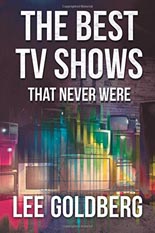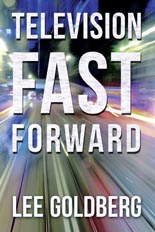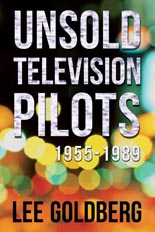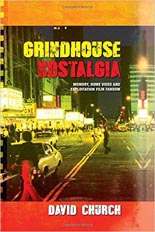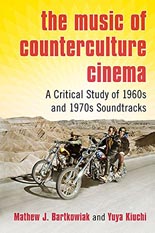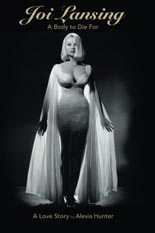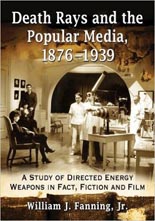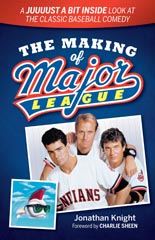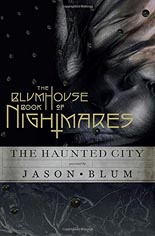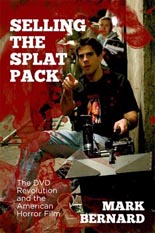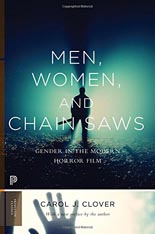
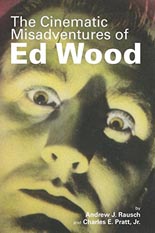 I thought that Rudolph Grey’s now-classic Nightmare of Ecstasy was the only book one needed to read about Ed Wood. I was wrong.
I thought that Rudolph Grey’s now-classic Nightmare of Ecstasy was the only book one needed to read about Ed Wood. I was wrong.
Andrew J. Rausch and Charles E. Pratt have proven as much with The Cinematic Misadventures of Ed Wood — not a biography, but a film-by-film examination of the crazed career of the legendary “bad” filmmaker. What sets it apart is the authors’ assertion that while Wood’s talent could not match his ambition, his passion is worthy of respect. After all, here we are, decades later, still watching and talking about his much-maligned movies, even if his reputation is not entirely earned or fair. For example, as wanting it is in polish, 1959’s Plan 9 from Outer Space is hardly the worst picture ever to grace the cinema screens, as it has been called.
Or, as Ted Newsom puts it in his immensely lively foreword, “How much can you say? He tried, mostly failed, then died.” But he gave it a shot.
In covering each movie in which Wood was involved (including those he did not direct), Rausch and Pratt note recurring themes that pop up throughout his CV: a distaste for homosexuality, despite his own plea for his cross-dressing fetish to be accepted; apple-pie morality, often forced with heavy hands; and a rather peculiar idea as to what passes for erotic, including the actual pornos he scripted.
Other themes don’t pop up until a rock-bottom Wood entered his X-rated phase: namely, “grotesquely hairy” asses.
More often than not, the authors’ synopses provide more entertainment than the movies. This is evident from the start, when they intro Wood’s 1953 debut: “With Glen or Glenda? Wood first proved his unique inability to tell a coherent story.” Later, 1969’s Love Feast makes the most out of what sounds like the least sexy scenario in sexploitation history: “The two beautiful women are completely naked while [Wood] resumes crawling around amongst them wearing only unappealing baggy underwear. … When he leaves to answer the door, the two models left on the bed begin to kiss each other passionately in an overly-long scene that reminded us of a mother bird trying to feed her hungry chick.”
Most memorably, of his faux sex-ed skin flick of ’71, The Undergraduate: “One of the film’s most (only?) interesting scenes features a narrator quoting from the Bible as a man’s testicles are massaged on screen. This is surreal as all hell.”
No matter the movie or the era, expect “illogical” and its variants to be bandied about like a badminton cock.
Quibbles with the BearManor release are minor and twofold: Too many rhetorical questions are posed, and it doesn’t quite make sense to me that 1978’s Hot Ice is excluded from the circus just because he served as assistant director. No matter, though — Misadventures still has plenty to offer, finishing off with a handful of interviews that includes the aforementioned Grey and one-half of the screenwriting duo behind Tim Burton’s Oscar-winning Ed Wood biopic.
For those keeping track of such things, Misadventures marks Rausch’s second book this summer, following Trash Cinema: A Celebration of Overlooked Masterpieces, also heartily recommended. Based upon this pair, I hope he keeps forgoing sleep. —Rod Lott
Get it at Amazon or BearManor Media.

